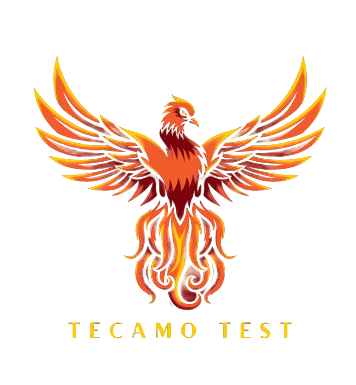Fashion is much more than an assortment of fabrics and designs; it is a dynamic and influential force that shapes and reflects our culture, identity, and aspirations. As trends come and go, fashion remains a constant thread weaving through history, art, and everyday life. This article delves into the multifaceted world of fashion, exploring its historical evolution, current trends, and future directions.
1. The Historical Tapestry of Fashion
Fashion’s journey through history reveals a rich tapestry https://designerarch.com/ of transformation and continuity. Ancient civilizations like Egypt, Greece, and Rome used clothing to denote social status and cultural identity. In medieval Europe, garments were often elaborate and indicative of one’s rank and profession. The Renaissance brought a wave of creativity with intricate designs and luxurious fabrics, while the Enlightenment period saw a shift towards more refined and structured silhouettes.
The 20th century marked significant turning points, with each decade bringing its own unique fashion revolution. The 1920s, known for flapper dresses and streamlined silhouettes, contrasted sharply with the opulence of the 1950s’ full skirts and fitted bodices. The 1960s and 1970s introduced radical shifts with mod fashion and bohemian styles, reflecting broader societal changes.
2. The Fast Fashion Phenomenon
In recent decades, the rise of fast fashion has reshaped the industry. Brands like Zara, H&M, and Forever 21 have democratized high fashion, offering trendy, affordable clothing at a rapid pace. This model allows consumers to keep up with ever-changing trends but comes with significant downsides.
Environmental Impact: Fast fashion contributes to massive waste and pollution, with garments often ending up in landfills. The production processes are resource-intensive, affecting ecosystems and contributing to climate change.
Ethical Concerns: The fast fashion model frequently relies on low-cost labor, raising concerns about workers’ rights and working conditions. The push for cheap production often leads to exploitation and poor working environments.
3. The Shift Towards Sustainability
In response to the challenges posed by fast fashion, there is a growing movement towards sustainability in the fashion industry. Brands and consumers alike are increasingly prioritizing eco-friendly practices and ethical considerations.
Sustainable Materials: The use of organic cotton, recycled fabrics, and innovative materials like vegan leather and biodegradable textiles is on the rise. These materials aim to reduce environmental impact and support a circular fashion model.
Ethical Practices: Transparency in supply chains and fair labor practices are becoming more common. Brands are focusing on ensuring that their production processes are ethical and that workers are treated fairly.
Circular Fashion: This concept emphasizes the longevity of garments, encouraging recycling, upcycling, and resale. Brands are developing take-back programs and creating collections designed for durability and reuse.
4. The Role of Technology in Fashion
Technology is profoundly influencing the fashion industry, enhancing both design and consumer experience.
Digital Transformation: Virtual fashion shows and digital lookbooks allow designers to present their collections to a global audience without the constraints of traditional runway shows. This shift also opens up new possibilities for interactive and immersive experiences.
Augmented Reality (AR): AR technology is revolutionizing online shopping by allowing customers to virtually try on clothes and accessories. This enhances the shopping experience and helps consumers make more informed decisions.
Wearable Technology: The integration of technology into clothing and accessories, such as smart fabrics and fitness trackers, is merging fashion with functionality. These innovations offer practical benefits while maintaining aesthetic appeal.
5. Embracing Diversity and Inclusivity
Modern fashion is increasingly focused on inclusivity and diversity, reflecting broader societal values and changing norms.
Size Inclusivity: The industry is expanding its size ranges and featuring models of various body types, making fashion accessible to a wider audience. This shift challenges traditional standards and promotes body positivity.
Gender Fluidity: Gender-neutral fashion is gaining traction, with designers creating collections that blur traditional gender lines. This approach allows for greater freedom of expression and supports a more inclusive view of identity.
Cultural Sensitivity: There is a growing awareness of cultural appropriation, with designers and brands striving for respectful and authentic representation. Collaborations with artisans and the incorporation of cultural elements in meaningful ways are becoming more prevalent.
Conclusion: Fashion’s Future Unfolds
Fashion is a continually evolving field that reflects and influences our culture, environment, and personal identities. As we move forward, the industry faces both opportunities and challenges. The push for sustainability, the integration of technology, and the embrace of diversity are shaping a future where fashion is not only about style but also about responsibility and inclusivity.
In this ever-changing landscape, fashion remains a powerful form of self-expression and cultural commentary. As trends come and go, the essence of fashion endures, celebrating creativity, innovation, and the timeless allure of human artistry.
